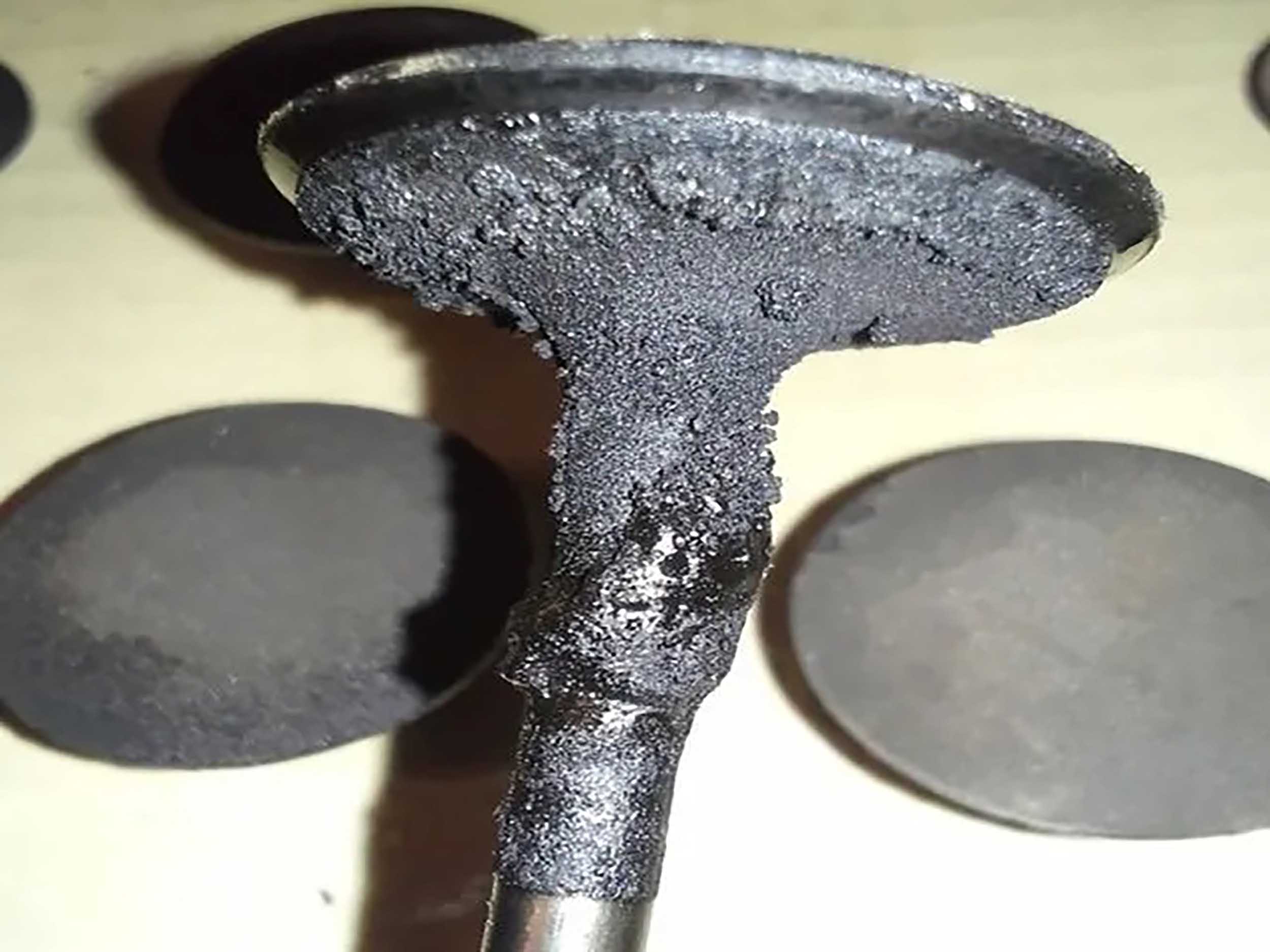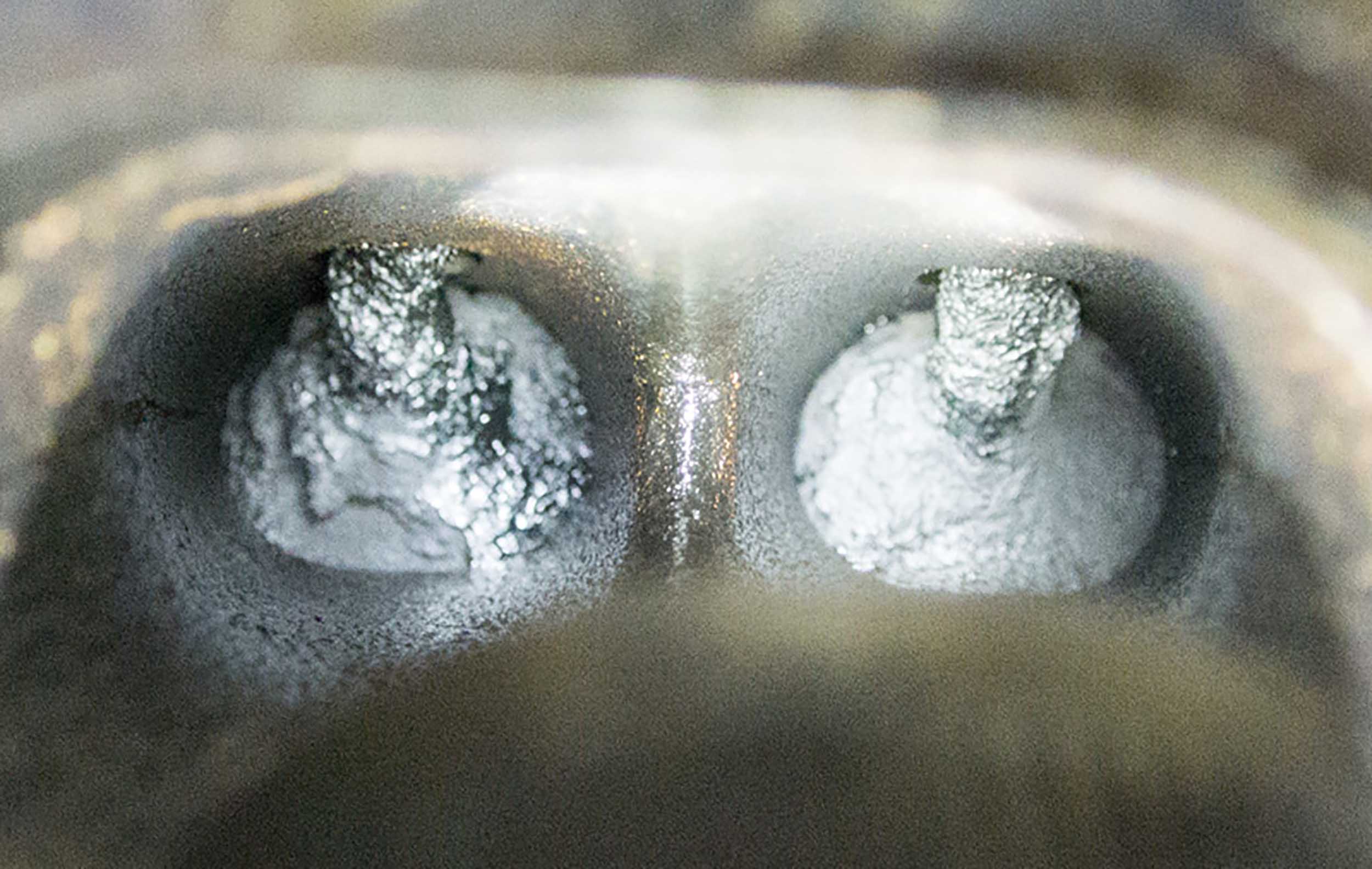Technology has carried the lowly pushrod small-block to incredible power, drivability, and fuel mileage. It has also opened Pandora’s Box for a few new concerns not experienced back in the day.
Think back through the evolution of fuel delivery. When the first variable venturi carburetor was designed, engineers could never have imagined how far measuring air and fuel would evolve. In fact, one of the largest steps forward has been actually separating air and fuel until it meets for the first time inside the combustion chamber.
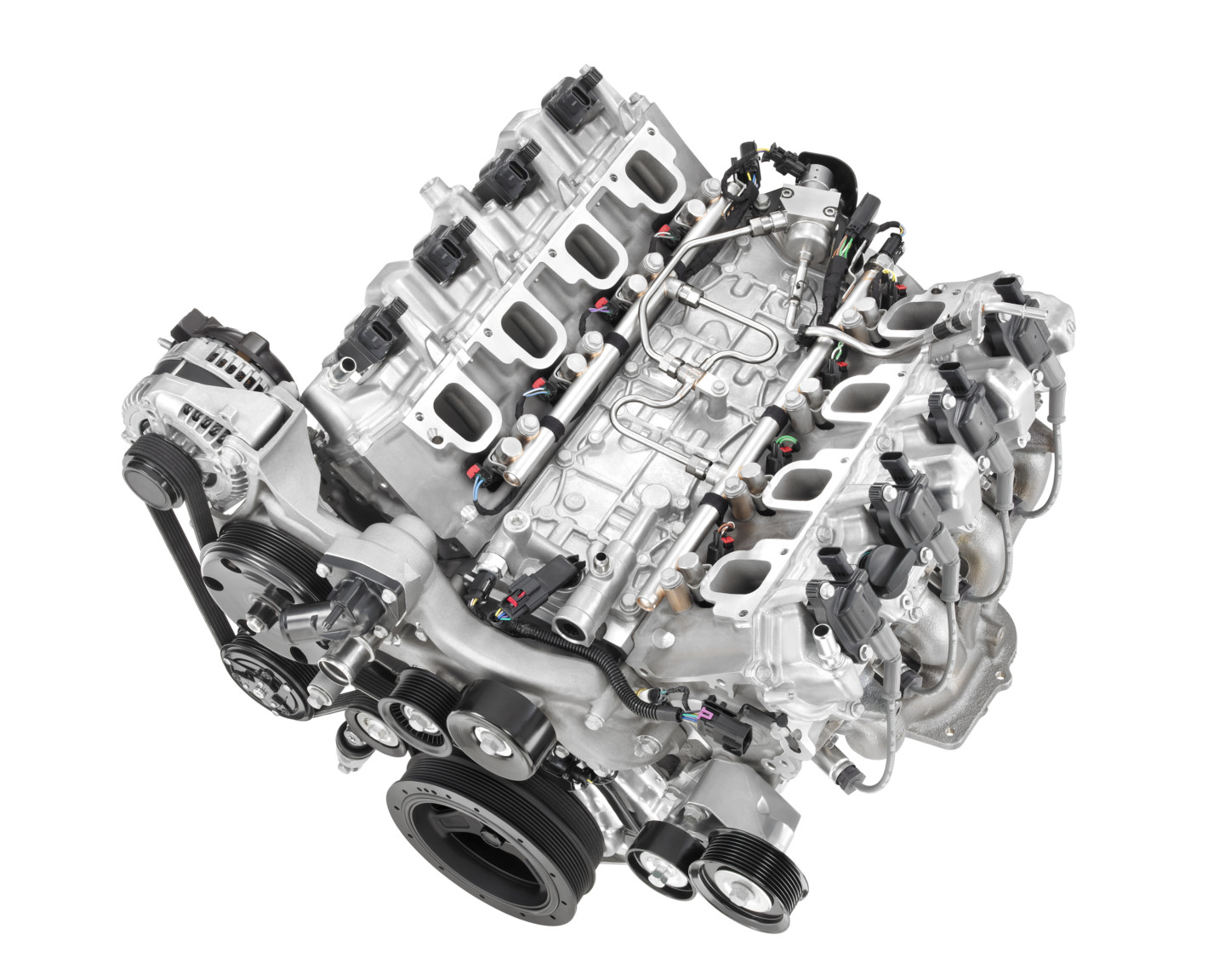
Note the injectors positioned lower on the head, under the intake ports. This means the fuel will no longer travel the intake tract and help keep it clean.
Thanks to being so precisely controlled, the addition of fuel can be electronically timed, or shut off completely, to adjust for peak operating performance at a variety of engine speeds. Called Direct-Injection, the highly-refined process squirts extremely high-pressurized fuel directly toward the piston tops at just the right instant for best performance. The entire process better resembles a diesel engine’s fuel delivery with longer injectors and fuel pressures easily measuring above 2,000 psi.
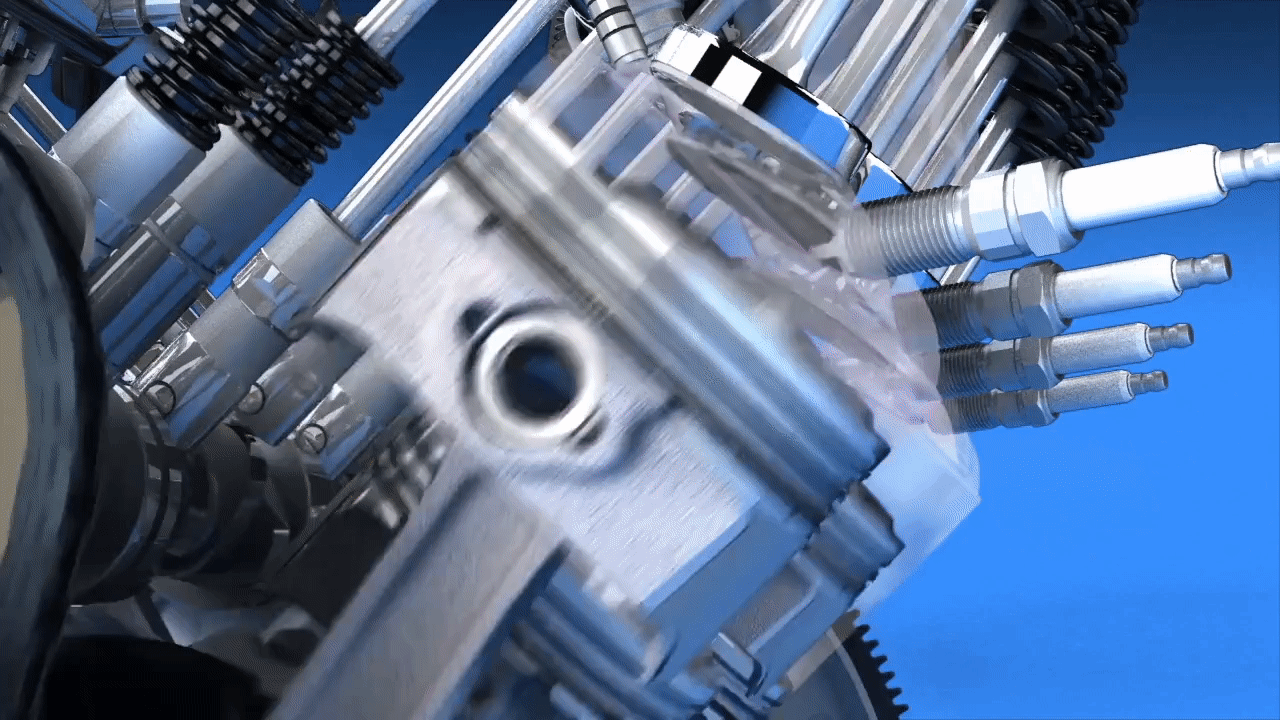
You can see how the fuel never touches the intake port or the top of the valve. Crankcase vapors and fumes during overlap do make their way back up beyond the valve.
Direct-Injection benefits fuel efficiency for many reasons, one of which is by not pouring fuel into the intake tract. A sacrificial, but necessary process in port-injection fuel systems, a small amount of additional fuel is needed to line the walls of the intake port so the rest of the fuel can make the trip to the combustion chamber. This additional fuel must be accounted for in the fueling process.
Placing fuel into the combustion chamber removes the need for additional fuel and the entire intake port is “dry” for the most part. While that additional fuel didn’t help mileage, it did help keep the intake port and the back of the intake valve clean of carbon deposits. With port injection, the fuel is squirted directly into the port at the back of the intake valve and they both got a good scrubbing from each fuel injection event.
The amount of buildup varies but all DI engines will see some carbon accumulate on the back side of the valve. Likely, as carbon continues to build, the engine would be hard to start, idle rough, or would misfire. Photos: Corvetteforum.com
Because a camshaft has a certain amount of “overlap,” where both the intake and exhaust ports are open at the same time, some of the unburnt exhaust flows backward, up past the intake port. When the carbon bits created from the combustion event meet up with the cooler backside of the valve, they condense and eventually build up on the valve stem.
As today’s direct-injected engines age, we are seeing varying levels of carbon buildup behind the valves. Paul Koerner “thecorvettemechanic” on Facebook, just did a short video highlighting the phenomena and helped illustrate how a typical Gen5 small-block with 147k miles on the clock will look so far as carbon buildup. He also explains some ways you can combat this power-robbing entity and his thoughts on the best way to eradicate it when necessary.
General Motors knows all about carbon buildup and has issued Service Bulletin number 16-NA-383 to help its techs identify the problem. The service bulletin states the vehicle may exhibit a rough idle, crank- no start, extended crank times, or an engine misfire due to carbon buildup. Measures to counter this issue range from regular oil changes, using Top Tier detergent fuels, and using GM’s reformulated Top Engine Cleaner (PN 19355198).
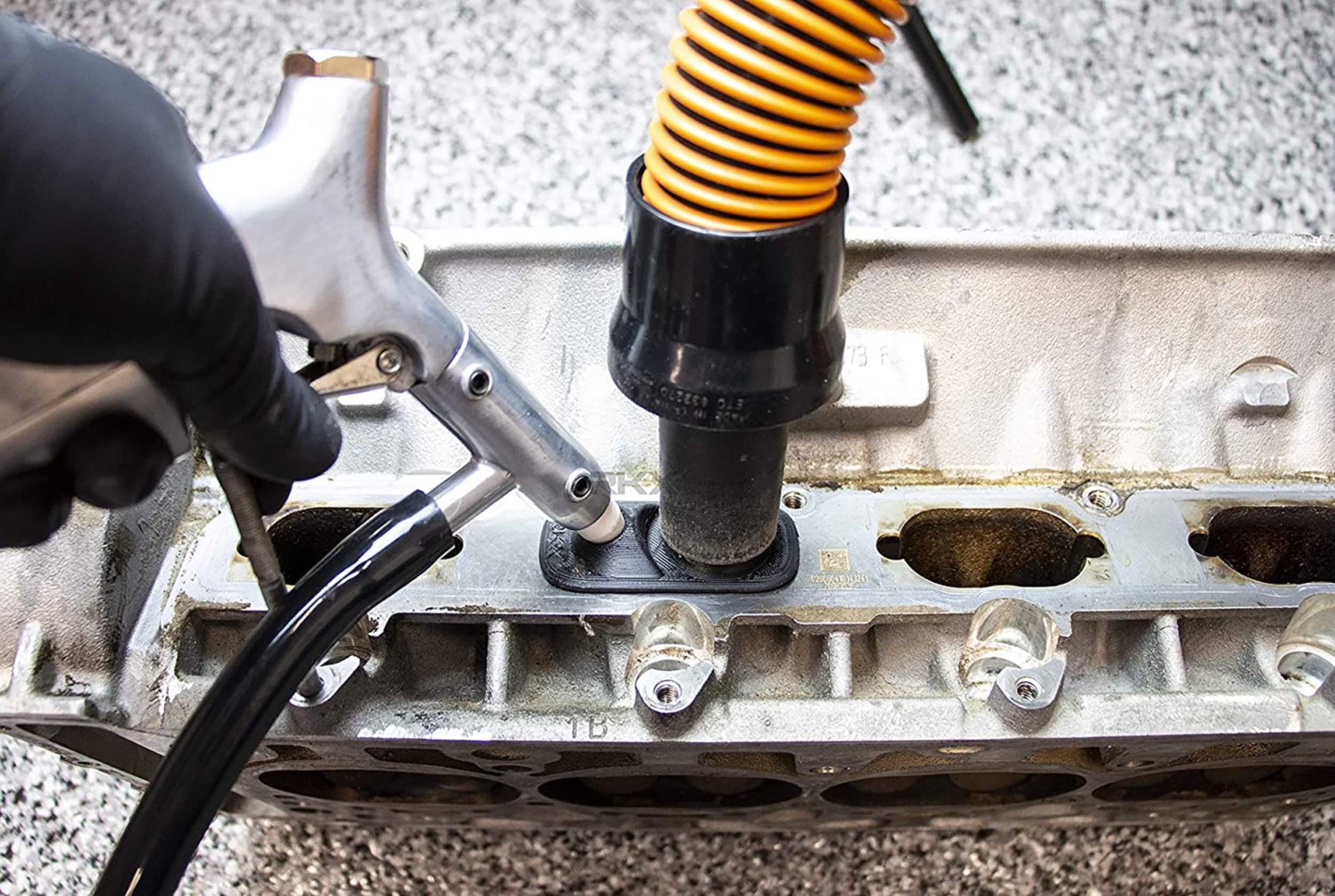
Several OEMs have the means to blast the intake valves with walnut shells to loosen the carbon. Then, a vacuum draws the shells and the carbon out of the intake. This is a regularly scheduled procedure with many OEMs. Photo: RKxtech.com
More drastic measures are used and approved by other manufacturers such as blasting away the carbon deposits with walnut shells. In fact, many OEMs across the pond have tools with part numbers to facilitate this process and schedule them in as routine maintenance of the vehicle!
In this video, Paul shows what the beginnings of buildup will look like, and although this particular engine has 145,000 miles on the clock, Paul states the amount of carbon seen in this video is normal. He shows how buildup may vary from valve to valve and also gives his advice and assistance in the comments section. Check out the video and see for yourself, as the issue of carbon buildup isn’t going away anytime soon, but there are a few ways you can prevent it or at least, keep it at bay.




